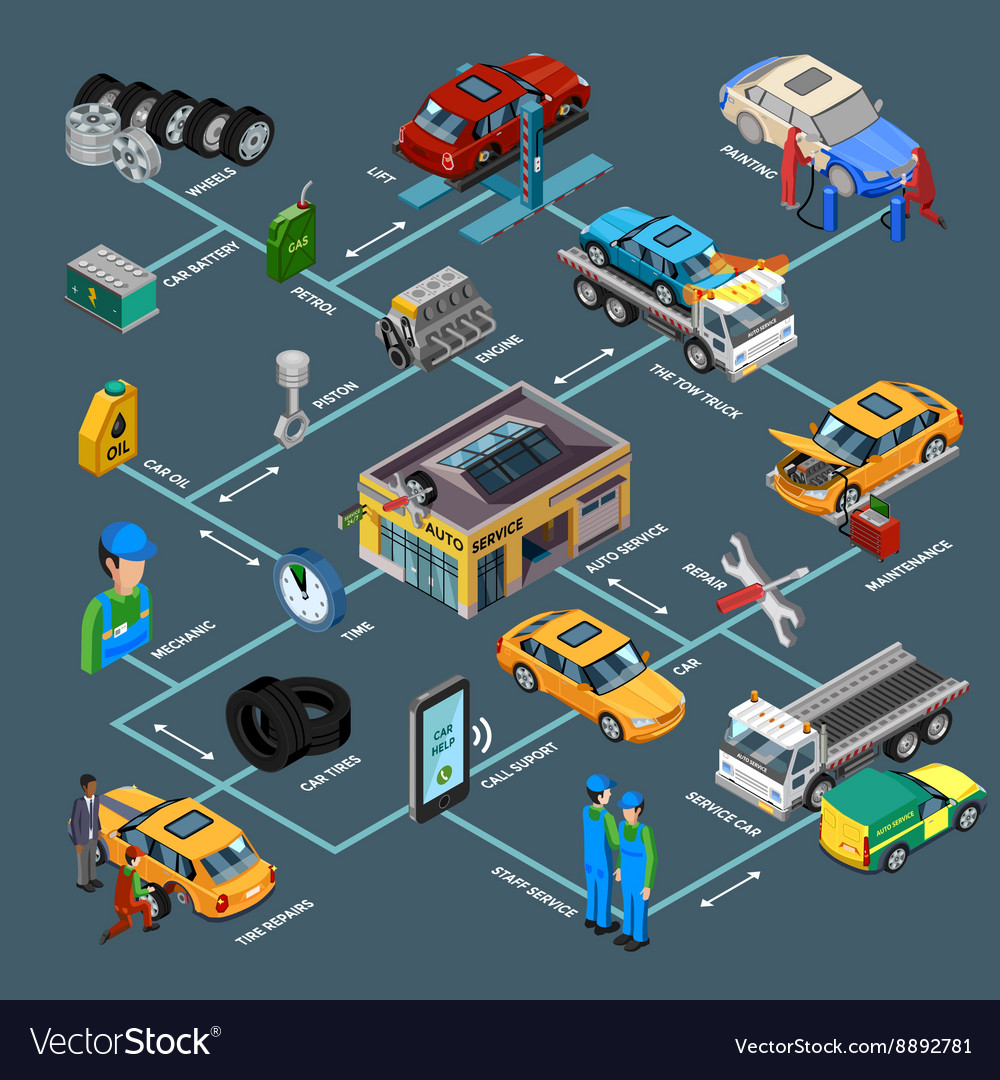Understanding The Significance Behind Your Lorry'S Warning Lights: An Extensive Appearance
Understanding The Significance Behind Your Lorry'S Warning Lights: An Extensive Appearance
Blog Article
Post Writer-Lim Winters
When you lag the wheel, those radiant caution lights on your dashboard can be a little bit difficult. Do you understand what they're trying to inform you regarding your auto's wellness? Comprehending the significance of these lights is crucial for your security and the longevity of your automobile. So, the next time one of those lights turns up, would not you wish to understand its message properly and take the necessary steps to address it?
Common Caution Lights and Interpretations
Identify common caution lights in your vehicle and understand their meanings to make sure safe driving.
The most typical warning lights consist of the check engine light, which signals problems with the engine or exhausts system. If this light comes on, it's crucial to have your vehicle examined promptly.
The oil pressure cautioning light indicates reduced oil pressure, requiring immediate focus to avoid engine damage.
A flashing battery light might suggest a damaged charging system, potentially leaving you stranded otherwise addressed.
The tire stress surveillance system (TPMS) light signals you to reduced tire stress, influencing vehicle stability and gas efficiency. Ignoring this might result in harmful driving conditions.
The abdominal muscle light suggests a problem with the anti-lock stopping system, compromising your capability to stop promptly in emergencies.
Last but not least, the coolant temperature cautioning light warns of engine overheating, which can lead to serious damage if not settled swiftly.
Understanding these typical warning lights will aid you resolve concerns without delay and maintain risk-free driving conditions.
Relevance of Prompt Attention
Comprehending the typical warning lights in your car is just the very first step; the significance of quickly attending to these cautions can not be highlighted enough to guarantee your safety when driving.
When a caution light brightens on your control panel, it's your automobile's method of interacting a potential issue that requires focus. Ignoring you could look here can cause much more severe issues down the road, compromising your security and potentially costing you more out of commission.
Trigger attention to advising lights can prevent break downs and crashes. As an example, a blinking check engine light can indicate a misfire that, if left neglected, might create damage to the catalytic converter. Resolving this promptly can save you from a costly repair.
In a similar way, a brake system warning light might indicate low brake fluid or used brake pads, important elements for your safety when driving.
Do It Yourself Troubleshooting Tips
If you notice a warning light on your dashboard, there are a few DIY repairing pointers you can attempt before seeking expert aid.
The initial step is to consult your cars and truck's handbook to comprehend what the details warning light suggests. In some cases the issue can be as straightforward as a loose gas cap triggering the check engine light. Tightening the gas cap might fix the trouble.
An additional usual problem is a low battery, which can cause numerous alerting lights. Checking the battery connections for rust and ensuring they're safe might repair the trouble.
If a warning light lingers, you can try resetting it by disconnecting the automobile's battery for a few mins and afterwards reconnecting it. Furthermore, checking your vehicle's liquid levels, such as oil, coolant, and brake fluid, can assist repair alerting lights related to these systems.
Conclusion
Finally, understanding your cars and truck's warning lights is essential for keeping your lorry running efficiently and safely. By without delay addressing these signals and recognizing what they suggest, you can prevent costly fixings and prospective break downs.
Keep in mind to consult your car's manual for certain details on each warning light and take action appropriately to make sure a hassle-free driving experience.
Keep informed, remain https://www.sooeveningnews.com/story/news/2021/11/25/what-recycle-what-not-tips-chippewa-county-residents/8680219002/ -free on the road!
